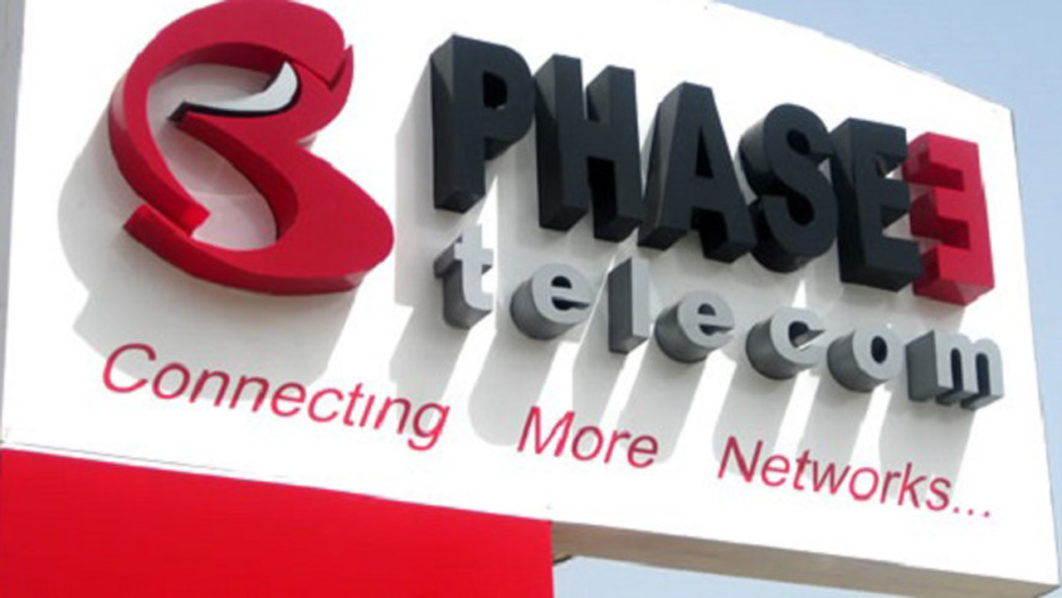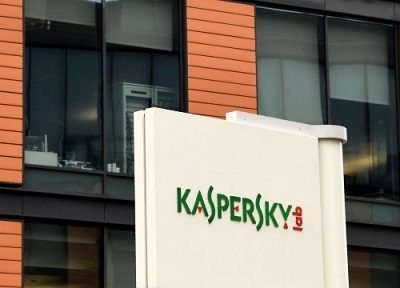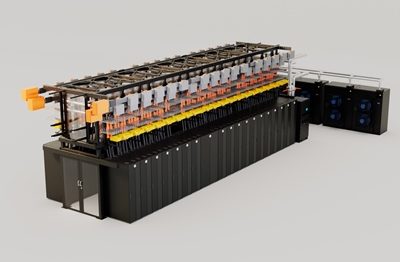The possibility of “speedier broadband coverage in unserved and underserved areas is not a myth and will be realized quicker if key steps are taken or crystallized including lowered and standardized Row prices across states,” said Sunil Gubbi Rathna, chief technical officer at Phase3 Telecom while speaking at the Nigeria eGovernment Summit 2022 connectivity panel on, “positioning telecoms Infrastructure for eGovernment deployment”
Having joined Phase3 in 2022 to provide another layer of technical leadership to amplify network efficiency, agility, and security as well as to optimize Phase3 increasing business interests, network systems & architecture, and good revenue growth trajectory with innovations and core technologies to continue to power Phase3 forward.
RELATED: ICT collaborations will foster national development – Phase3 Telecom
Sunil cited overarching Nigeria’s National Broadband Plan (NBP) 2020-2025 goal to assure a 90% broadband penetration by 2025, maintaining that with such potential game changers as subsidy and tax benefits to infrastructure providers, unified RoW is perhaps a critical factor to bridging the country’s digital divide as well as expanding digital access has desired by regulators and broadband service providers across tiers.
He says “before now countless forums and media reports, some well researched have stressed that to cull more investments in broadband infrastructure by industry players such as Phase3 Telecom, a RoW pricing model that echoes present economic realities, is cost-friendly to existing and would-be Nigerian broadband subscribers and internet users as well as keeps operators in business – is both imperative and expedient for the coveted economy that fosters and engenders the capabilities to transition all Nigerians from an analog to a digital economy”.
That as ambitious as it may sound, curbing the disproportionate gap between Nigerians that are online with those who are not or the small number that is digitally literate enough to explore the benefits of broadband access for economic empowerment – will take a lot more than forums as the summit.
Adding that all states – consider that their governors reserve the right to determine and enforce RoW rates – will have to activate the clear will to diversify the Nigerian economy by lowering rates to reap the unquantifiable benefits, revenue possibilities, and exponential GDP contributions at federal and state levels that a significantly broadband penetrated country assures.
Stating that for instance, the current amount of subsea cable investments in the country, with a volume of terabytes lying unseeded on the shores hence, pending last mile deployments stemming from high and non-standardized federal and state governments Right of Way (RoW) rates – make it a herculean task for operators to transition such critical resource into services that every Nigerian can benefit from, and be empowered by, digitally.
However, Sunil in his closing statements says that the elaborated critical role of unified RoW in speedier broadband coverage in unserved and underserved areas should not cloud the fact that other informed strategies like the deployment of alternative solutions such as VSAT for faster broadband deployment in unserved areas where fiber networks are expensive to deploy either due to cost or the nature of the terrains vis a vis Phase 3 Telecom growing satellite broadband (VSAT) play in partnership with YahClick or;
That while the state government and private sector collaborations to build open access infrastructure have their merits -.
Lower customs duty for importing fibre, active equipment, and other accessories required for network expansion; the provision of subsidies for infrastructure providers to motivate new and faster infrastructure deployment, AND tax benefits for local material manufacturers who plan to establish manufacturing plants to support infrastructure expansion in underserved or unserved areas are active considerations that will see NBP 2020 – 2025 realize the goal of delivering data download speeds across Nigeria, a minimum of 25Mbps in urban areas, and 10Mbps in rural areas.

































